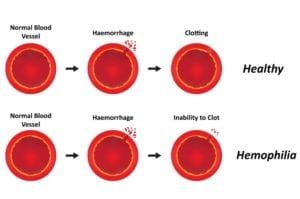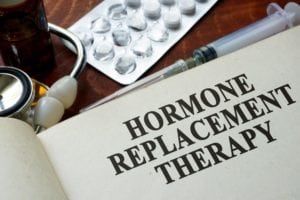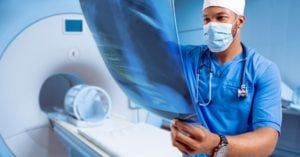Many children experience noisy breathing, a symptom that could indicate one of many underlying conditions. Most are not serious but should still be evaluated by a pulmonologist to ensure appropriate treatment. Noisy breathing can arise from complications with nearly any area of the respiratory pathway. Often, the source of noisy breathing is within the nose and post-nasal space, though problems within the throat and lower respiratory tract may also cause loud breathing.
Did you know…
some children with noisy breathing have a condition that causes a high-pitched, almost musical sound when breathing? It’s called stridor, and it is most often caused by blockages in the throat or larynx. Stridor sounds are usually heard when a child is inhaling, though it may also be heard when exhaling in some individuals. Most cases of stridor occur in young children and infants. Any child exhibiting signs of stridor should be examined by a physician as soon as possible.
Frequently Asked Questions
What causes noisy breathing?
Noisy breathing is the result of a narrowed air passage, which may be caused by one of several conditions. Swollen nasal tissue, sinus infection, swollen adenoids, polyps, large tonsils, deviated septum and asthma are just some of the conditions that can obstruct the air pathway.
How will my child’s pulmonologist diagnose the cause of noisy breathing?
A visit to the doctor will begin with a physical examination and questions about your child’s symptoms, including when they began and whether it has worsened since that time. The doctor will check for signs of respiratory distress, listen to your child’s voice and note whether the noisy breathing occurs while inhaling, exhaling, or both. Additional testing, such as an x-ray, CT scan, MRI or laryngoscopy may also be necessary to make an accurate diagnosis.
How will the doctor treat stridor or noisy breathing?
Treatments for noisy breathing vary depending on the cause of the condition. In some cases, treatment may be as simple as a prescription medication to eliminate an infection, reduce airway swelling or prevent acid reflux. In others, greater medical intervention may be necessary, such as surgery to remove an airway obstruction.











































































































































































































































































































